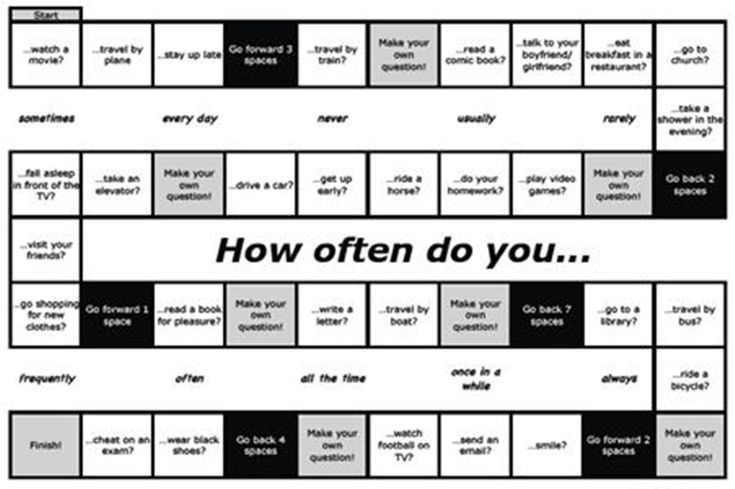Getting a wheel alignment is one of the regular maintenance tasks required to keep your vehicle in tip-top condition. To make sure your car will run properly and safely, you need to have its wheels realigned at an auto repair shop or service center at a certain interval or when symptoms of misaligned wheels show. Follow this comprehensive guide to learn whether it's necessary, how often you should get a wheel alignment, and how long an ordinary alignment takes. Then see how Kia service coupons, service financing, or the Kia warranty can help you save on your next wheel alignment. If you aren't sure if the Kia warranty is right for you, check our page which goes into detail about it.
Get Tire & Wheel Help
A wheel alignment is the process of aligning the wheels of a vehicle with one another and the surface of the road. It's achieved by bringing the suspension system to its proper configuration and positioning as well as adjusting certain components. Unlike some other vehicle maintenance tasks that you can do yourself, a wheel alignment requires the expertise of an experienced mechanic and an alignment machine.
Basically, the purpose of a wheel alignment is to square a vehicle's wheels and axles with one another so that they'll move in the same direction. The process involves adjusting all the suspension angles that have an impact on tire movement and positioning, and ensuring the steering wheel is perfectly centered. The manufacturer of a vehicle designates standard angles for aligning its tires, which are specified in degrees.
The type of alignment your vehicle needs depends on its suspension system and the way it distributes power to its wheels. If you have an all-wheel-drive or four-wheel-drive vehicle, you have to get a four-wheel alignment. On the other hand, if your vehicle uses a front-wheel-drive or rear-wheel-drive system, it needs a front-end alignment or thrust-angle alignment.
Yes, wheel alignment is one of the most important maintenance tasks.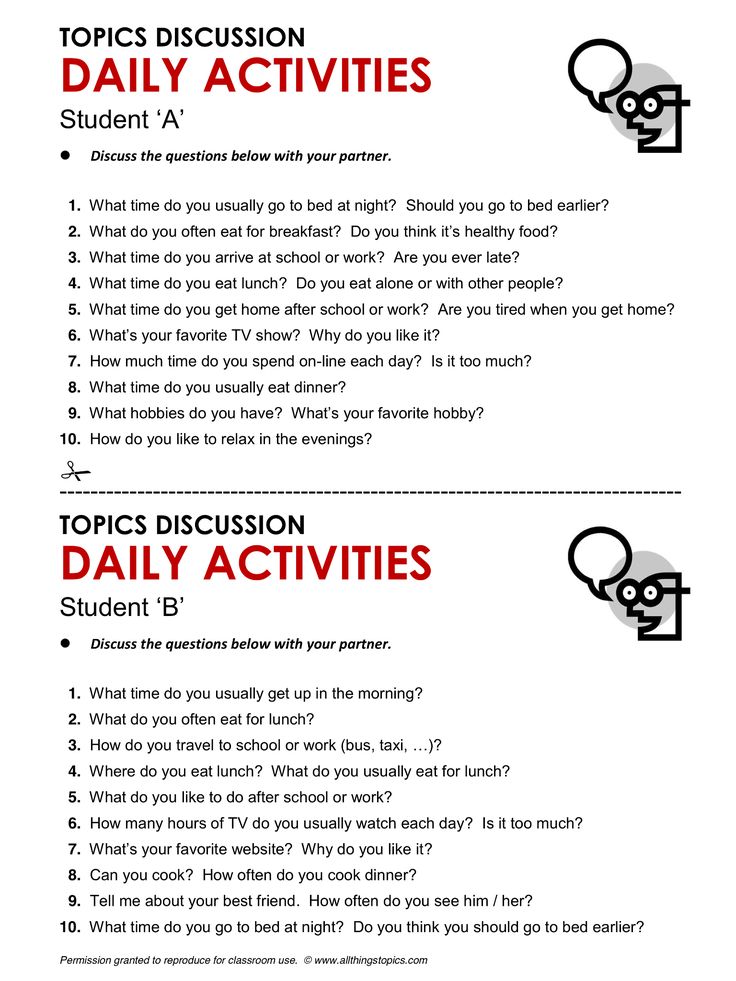 If your wheels are misaligned, your vehicle will experience a dramatic drop in handling capability. It'll constantly pull in one direction, which can greatly inhibit its ability to turn or move in a straight line. This not only makes driving more difficult and reduces ride comfort, but it can jeopardize your and your passengers' safety.
If your wheels are misaligned, your vehicle will experience a dramatic drop in handling capability. It'll constantly pull in one direction, which can greatly inhibit its ability to turn or move in a straight line. This not only makes driving more difficult and reduces ride comfort, but it can jeopardize your and your passengers' safety.
In addition, failure to realign your wheels regularly can cause your cost of car ownership to go up considerably. Wheels that aren't properly aligned may lead to uneven tire wear, which means you'll have to replace your tires more frequently. It isn't uncommon for wheel misalignment to result in flat spots and tire blowouts because it can cause your tires to experience added tension. Also, misaligned wheels can lead to damaged wheel rims and suspension, which can affect the performance and longevity of your vehicle.
The interval for wheel alignment can vary significantly depending on the type of vehicle you own, your driving habits, and other factors.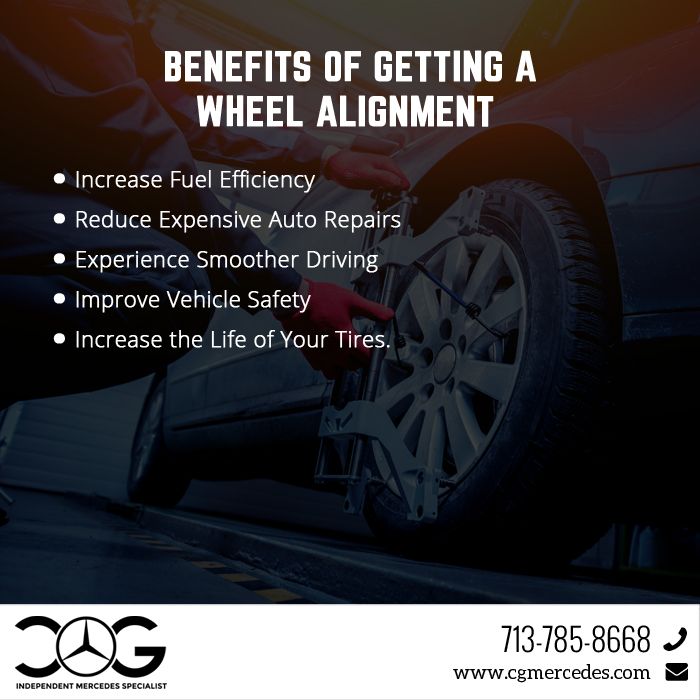 Most mechanics recommend that you get a wheel alignment once every two or three years. However, the best thing to do is to follow the recommended interval in your owner's manual.
Most mechanics recommend that you get a wheel alignment once every two or three years. However, the best thing to do is to follow the recommended interval in your owner's manual.
If your owner's manual doesn't specify how often you should have your wheels realigned, you should bring your car to a service center or auto repair shop for a wheel alignment checkup at least once a year. Usually, a vehicle's wheel alignment will be at least slightly off after one or two years of driving. Nonetheless, if your car holds the road well, doesn't drift to one side, or has evenly worn tires, it isn't necessary to have its wheels realigned every year.
It's important to note that there are specific circumstances that may cause your vehicle to require wheel alignment on a more frequent basis. Vehicles with wider tires or performance-oriented cars usually need to have their wheels aligned more often. Additionally, you should consider getting a wheel alignment every time you install new tires on your car.
Besides going for a wheel alignment checkup on a regular basis, you should also look for certain signs indicating that your wheels need to be realigned. These signs include:
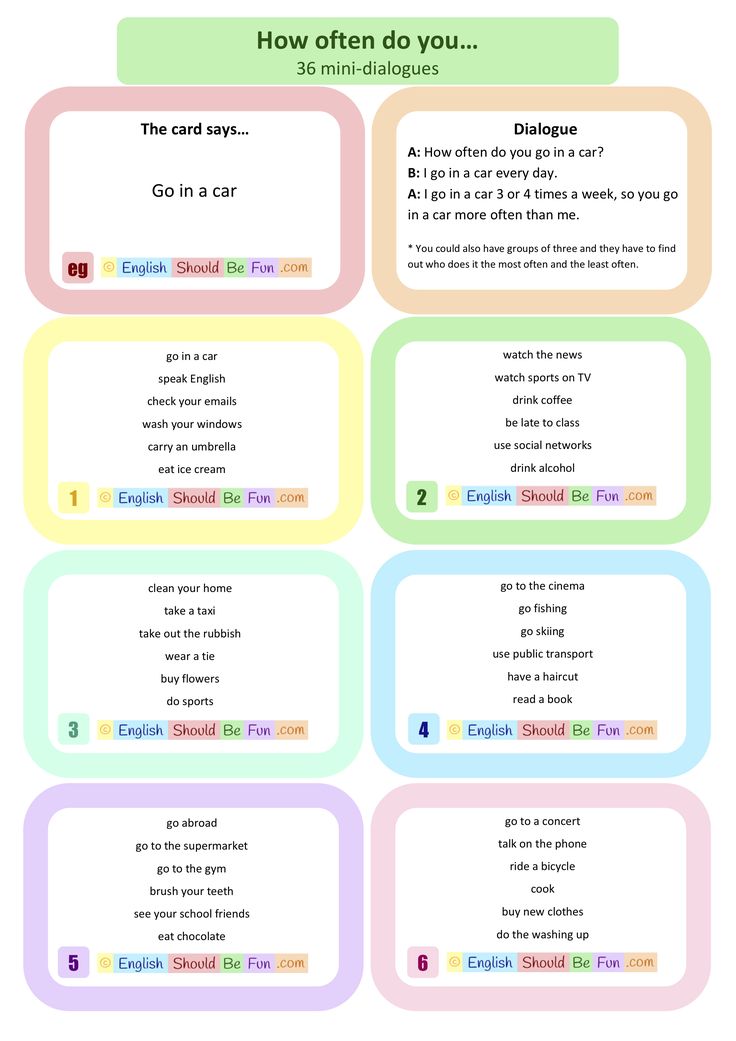 In the case of misalignment, it occurs because the tires are pulling in opposite directions.
In the case of misalignment, it occurs because the tires are pulling in opposite directions.We know Rochester drivers are busy. So is an alignment a short or lengthy process? Under normal circumstances, a wheel alignment will take an average of one hour, whether it's a two-wheel-drive or four-wheel-drive vehicle. If there's too much wear and tear or damage on the suspension system, steering bushing, track rod, or other parts, it'll take a longer time as some components have to be replaced.
Wheel alignment is an essential maintenance task that you cannot afford to skip as it can have a significant impact on your vehicle's performance, ride comfort, safety, and lifespan. If you want to get a wheel alignment for your Kia vehicle, contact Tom Kadlec Kia today to schedule an appointment.
Calculate Out-The-Door Price
close
Alignment
When your tires are properly aligned, your vehicle drives straight and your ride feels smooth. But when your tire alignment is off, then your whole vehicle feels off.
Poor tire alignment causes your vehicle to veer to one side or the other, even on a straight and level road. This can cause your tires to wear out faster and affect your car’s responsiveness—ultimately putting your safety at risk!
So, when do you need a tire alignment? If you experience any veering or notice uneven wear on your tires, the answer is immediately.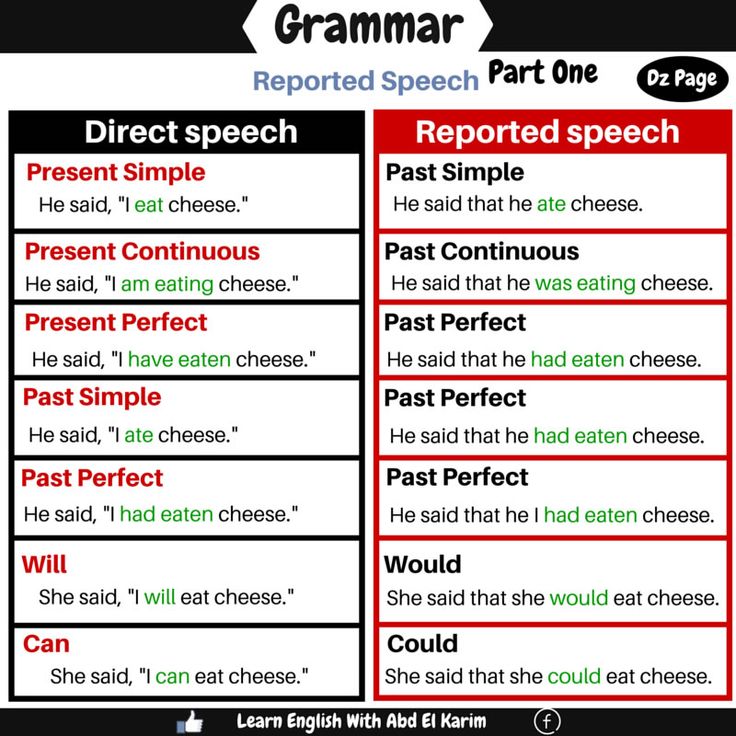
Otherwise, the general rule for when you should get a tire alignment is once per year. But that doesn’t apply to every vehicle.
Many situations can influence how often you should get a tire alignment. If you can answer "yes" to any of the following questions, it’s probably time to schedule a tire alignment sooner rather than later.
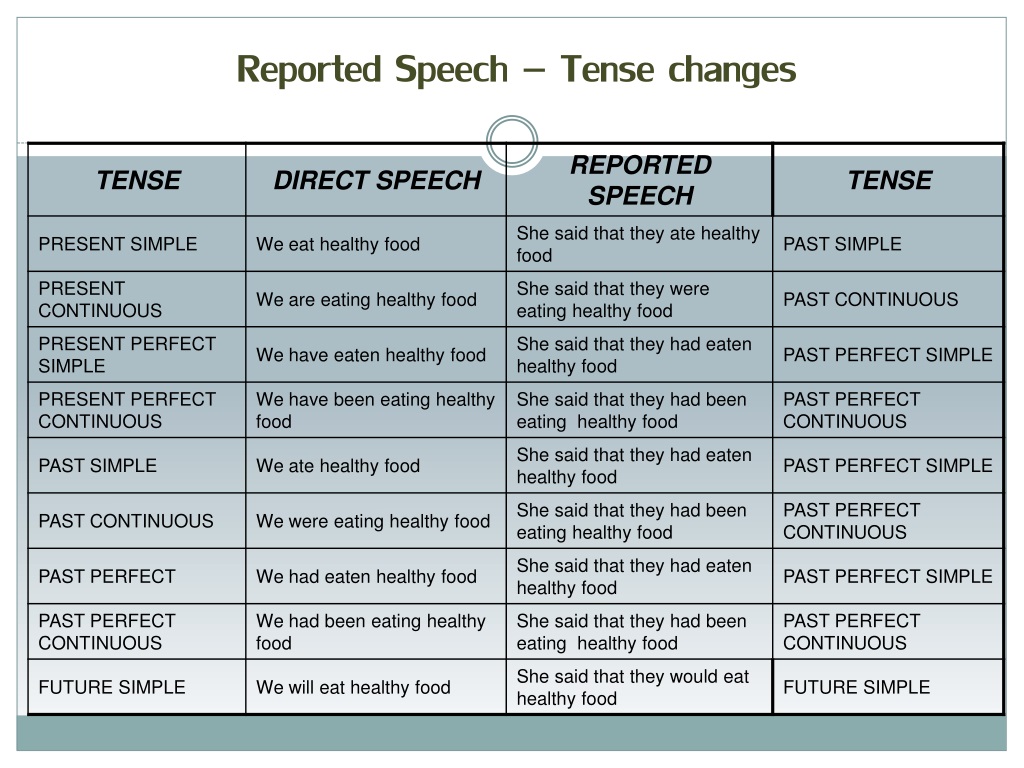 Rough travel can, too.
Rough travel can, too.Some conditions could result in less frequent tire alignments. If you don’t put many miles on your car—say, 6,000 or so in a year—you’re likely okay with a slightly broader tire alignment service time frame.
If you answered "yes" to any of our questions or can't remember the last time you had an alignment, schedule an appointment for an alignment check and service.
And then, relax. We're service people, not salespeople. That means you won’t have to deal with any hard sell. At your local Tires Plus, you’ll get tire alignment service, professional insight, and helpful tips from a skilled technician.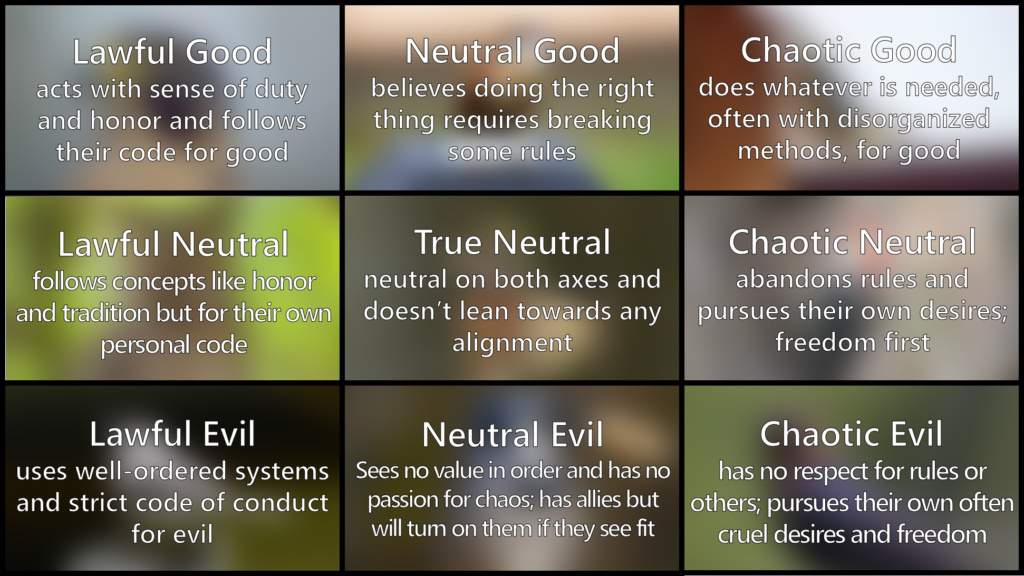
So head on in. We'll keep your ride on the straight and narrow.
Schedule
Alignment
Learn more about your car's alignment, why it's important to maintain, & signs you may be in need of an alignment service, from your friends at Tires Plus!
Read More
Alignment
You've heard wheel alignment is important, but do you know why? Learn what car wheel alignment is, when your car needs it, and why it matters, with Tires Plus!
Read More
LOAD 3 MORE
SHOWING 6 OF 12
Alignment
Learn more about your car's alignment, why it's important to maintain, & signs you may be in need of an alignment service, from your friends at Tires Plus!
Read More
Alignment
Learn what Advanced Driver Assistance Systems (ADAS) are and how to maintain them properly.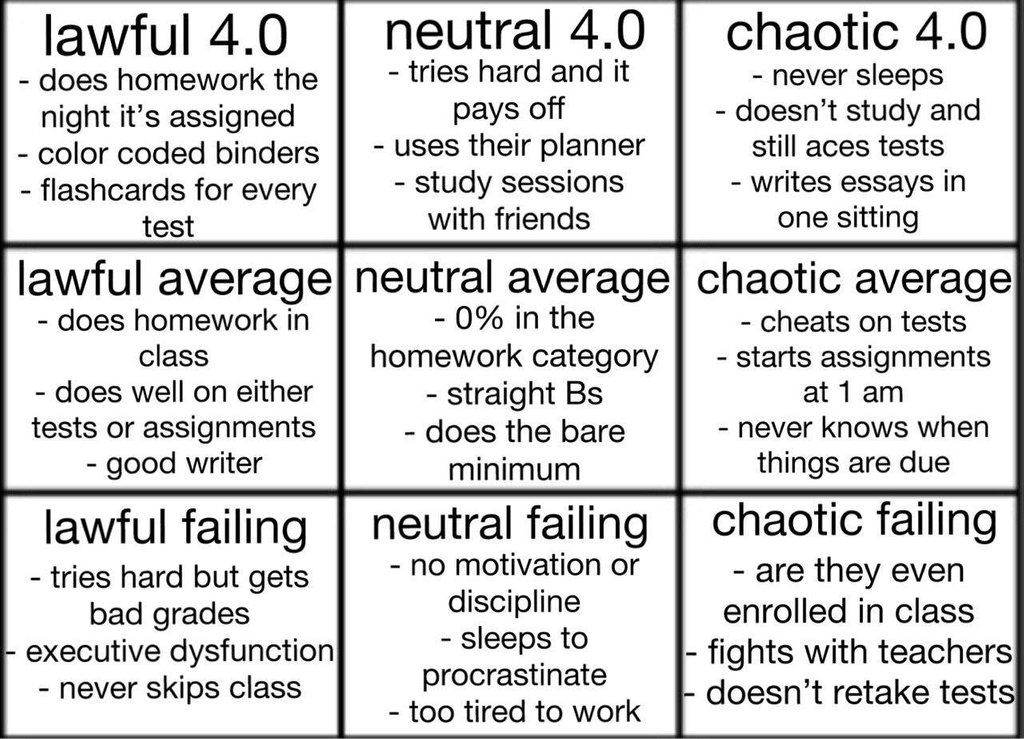 ADAS may help to improve your safety, but only if correctly calibrated.
ADAS may help to improve your safety, but only if correctly calibrated.
Read More
Alignment
You've heard wheel alignment is important, but do you know why? Learn what car wheel alignment is, when your car needs it, and why it matters, with Tires Plus!
Read More
{{storeNumber}}
{{storeName}}
{{link-icon "Call Us" mobileCallLink null "call-cta"}} {{link-icon "Directions" directions "_blank" "directions-cta"}}
{{address}}
{{city}}, {{state}} {{zip}}
{{#if activeFlag}} {{#ifCond mystore "or" myPreferredStore}} {{#ifCond storeType 'eq' "TPL"}}
*Call store for appointment {{phone}}
{{else}} {{#if onlineAppointmentActiveFlag }}
{{#if myPreferredStore}}
{{else}}
*Call store for appointment {{phone}}
{{/if}} {{/ifCond}} {{else}} {{#ifCond storeType 'eq' "TPL"}}
*Call store for appointment {{phone}}
{{else}}
Schedule Appointment {{#if onlineAppointmentActiveFlag}} {{else}}
*Call store for appointment {{phone}}
{{/if}}
{{/ifCond}} {{/ifCond}} {{else}}
*Temporarily Closed Due To: {{temporarilyClosedReason}}
{{/if}} {{#if isMilitaryStore}}
*This location is on an active US military base.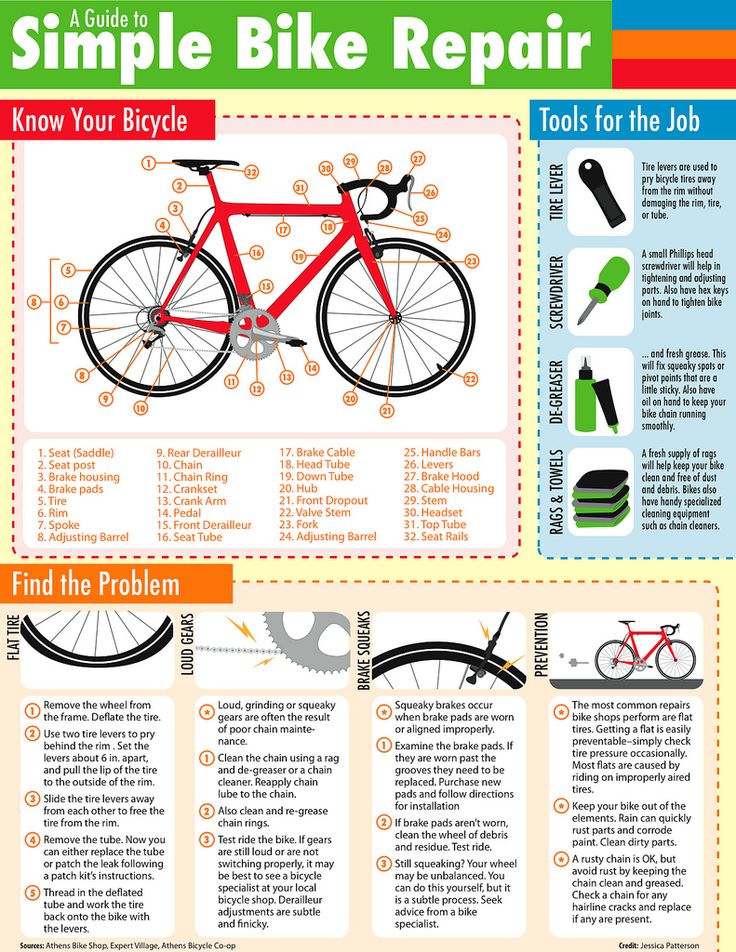 You may need military ID to access the location.
You may need military ID to access the location.
{{/if}}
{{#ifCond count 'eq' "3"}} Show More Stores {{/ifCond}}
Most car owners consider the issue of wheel balancing not so important. But in vain! After all, this is primarily a matter of your own safety and the safety of your passengers.
Balancing by yourself is impossible (unless you are an auto mechanic), and you won't be able to save money on this one-time. But! You will feel the savings on the face in the process of driving and depreciation.
Why do you need wheel balancing and what is its essence?
Balancing is the correct distribution of the load in the wheel relative to its central part.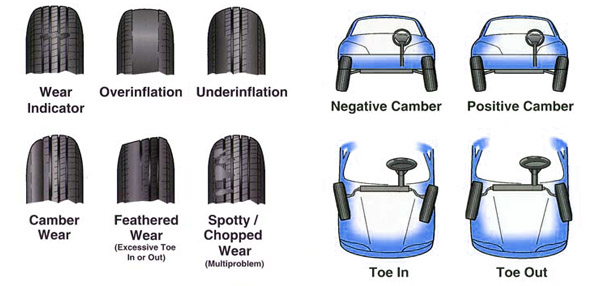 This is done using professional equipment that determines the presence / absence of imbalance. If it is, then with the help of lead weights, which are planted on glue inside the wheel itself, the load is adjusted.
This is done using professional equipment that determines the presence / absence of imbalance. If it is, then with the help of lead weights, which are planted on glue inside the wheel itself, the load is adjusted.
The use of an electronic sensor system provides an additional guarantee of safety.
Why is the lack of balance dangerous?
If you do not balance the wheels at the right time , you risk soon getting vibration in the wheels, passing to the body, and most importantly - uneven tire wear.
In Russia, as you know, there are two troubles, one of which already has a negative impact on vehicles. If at the same time you do not properly care for the car and do not service it on time, you can get a problem in the square.
The first devices for balancing were primitive and did not allow to perform their functions in impeccable quality. Over time, the situation has improved, the equipment has become more modern and of high quality.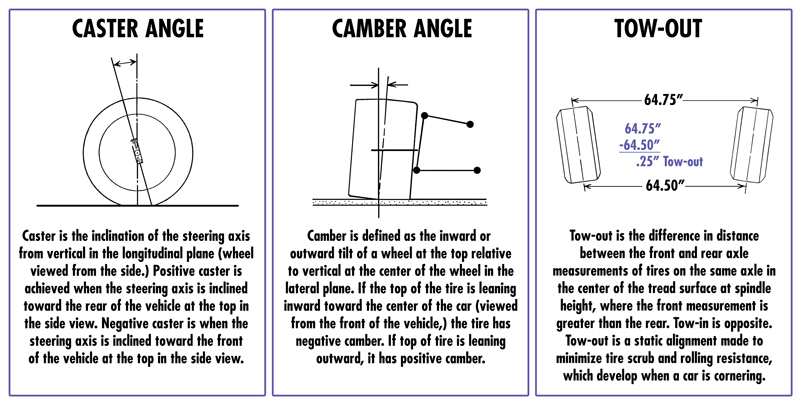 Now you can do wheel balancing at any service station and be calm for the convenience and comfort of your trips.
Now you can do wheel balancing at any service station and be calm for the convenience and comfort of your trips.
10 reasons to do wheel balancing
Give a specific answer to the question of how often to do it balancing is not possible. The first factor influencing this period is the age of the car, the second is its condition, and the third is how long you have owned it.
 But in vain. After all, the quality of rubber and the load on the central part of the wheel are two different things.
But in vain. After all, the quality of rubber and the load on the central part of the wheel are two different things. In addition to the above, tire fitting experts advise balancing car wheels in the following cases:
By following these recommendations, you will save yourself from problems and make your trips comfortable and safe.
What is imbalance and what does it threaten?
Experts identify two types of imbalance:
Static unbalance - displacement of the center of gravity of the wheel up or down from the conditional center. Invisible to the eye. The problem is solved with the help of a balancing machine, which will identify vulnerabilities and indicate where to attach lead weights.
Dynamic unbalance - incorrect weight distribution across the wheel width and complete separation of the rotation axes. Visually noticeable, popularly called the "eight". To eliminate it, lead balancers are attached to the disc rim from the outer and inner sides. Dynamic imbalance is easier to deal with than static.
After the elimination of these types of unbalance wheels , the last, control balancing is performed . It is called "finishing" and reveals the presence of inaccuracies (if any). The point is to bring the imbalance to zero.
The point is to bring the imbalance to zero.
Important balancing rules that every car owner should know
Even if you are not a mechanic, read this information. So you can control the actions of tire workers and make sure that everything is done correctly.
So, here is a list of the correct steps for wheel balancing:
What threatens wrong balancing ?
Here are just a few of the consequences that are likely to occur if wheels are not properly balanced:
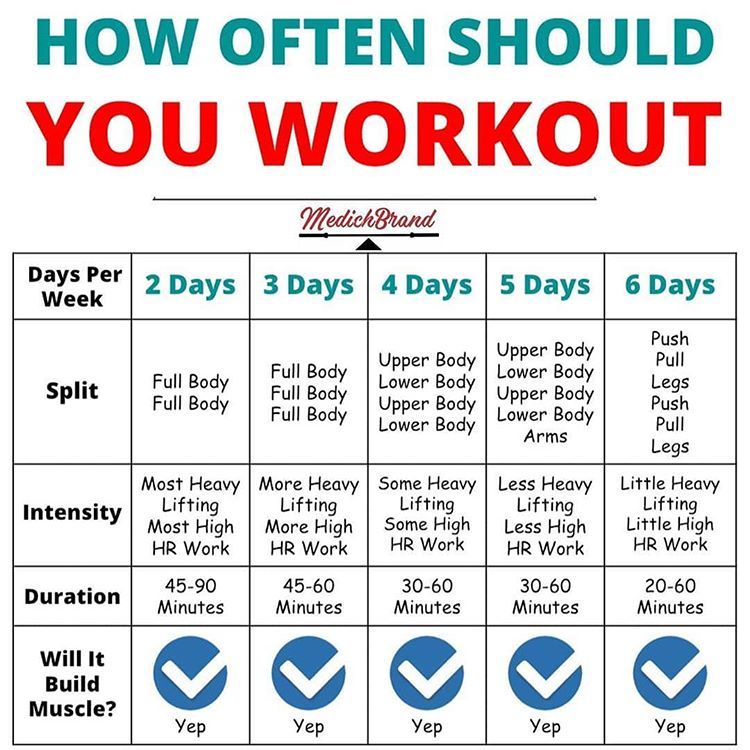
Conclusion: safety is paramount, and you should not save on it! Now you know the most important information about wheel balancing, which means you won’t get into an unpleasant situation.
Neither a nail nor a wand, dear motorists!
Well, if trouble still overtook you on the way, there is a way out!
Field mobile tire fitting from the company "Shinomontazhnikof" will rush to help immediately after your call to +7 812 900 32 54.
We work 24/7 and at reasonable prices.
Good luck on the road!
Lack of wheel balance is not only a deferred suspension expense and premature tire wear, but also a potential threat to safe driving. Wheel wobble leads to uneven "eating" of the tire, vibrations on the steering wheel, which are more felt with increasing speed.
However, once done balancing is not something eternal. Poor road surface, long-term storage, errors in operation lead to wheel imbalance.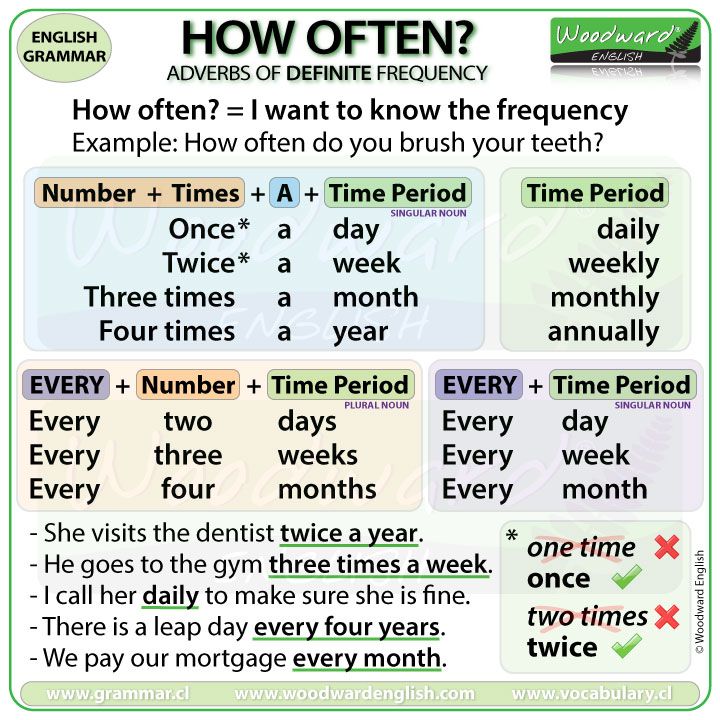 Winter and summer tires on two sets of discs do not save here.
Winter and summer tires on two sets of discs do not save here.
Regardless of the operating options, the answer here is unambiguous: yes, balancing is needed.
Consider the option with two sets of rubber on the disks.
After leaving the winter, the driver sends the winter set for storage in the garage or on the balcony. The wheels will only return to the car closer to the next first snow. During the operation, the wheel with a high degree of probability flew into the pit more than once, it is possible that the tire was not inflated in time, it was operated in modes not intended for it. All this can lead to loss of weights, a slight change in tire weight, but enough to upset the balance of the wheel.
Tire manufacturers recommend balancing every 10-15 thousand km. Each driver has his own driving mode, so these recommendations are quite difficult to follow. It is better to check and balance before the start of the season.
At the expense of winter studded tires, there is a special opinion that the mileage until the next check is 5 thousand km. The reason is the flying spikes and increased loads on the wheel, which are formed due to adhering ice.
The reason is the flying spikes and increased loads on the wheel, which are formed due to adhering ice.
It is also recommended to balance after a puncture or cut has been repaired, after a serious blow.
The quality of work is influenced, first of all, by the equipment. Both the level of the stand and its wear are important here.
The best results are given by computer-controlled stands.
Such equipment makes it possible to balance discs using a system of spaced weights, even for wheels with a large imbalance.
Stands can be calibrated to different accuracy: 1, 5, 10 grams. Most often, 5-gram precision is used. This is quite enough to achieve good results for a wide range of car tires.
10 grams do not give such accuracy, but for lack of a better one, it is quite sufficient. Calibration of the machine by 1 gram is necessary for vehicles operated at high speeds.
However, no matter how modern the equipment is, over time, wear and tear of the elements occurs.